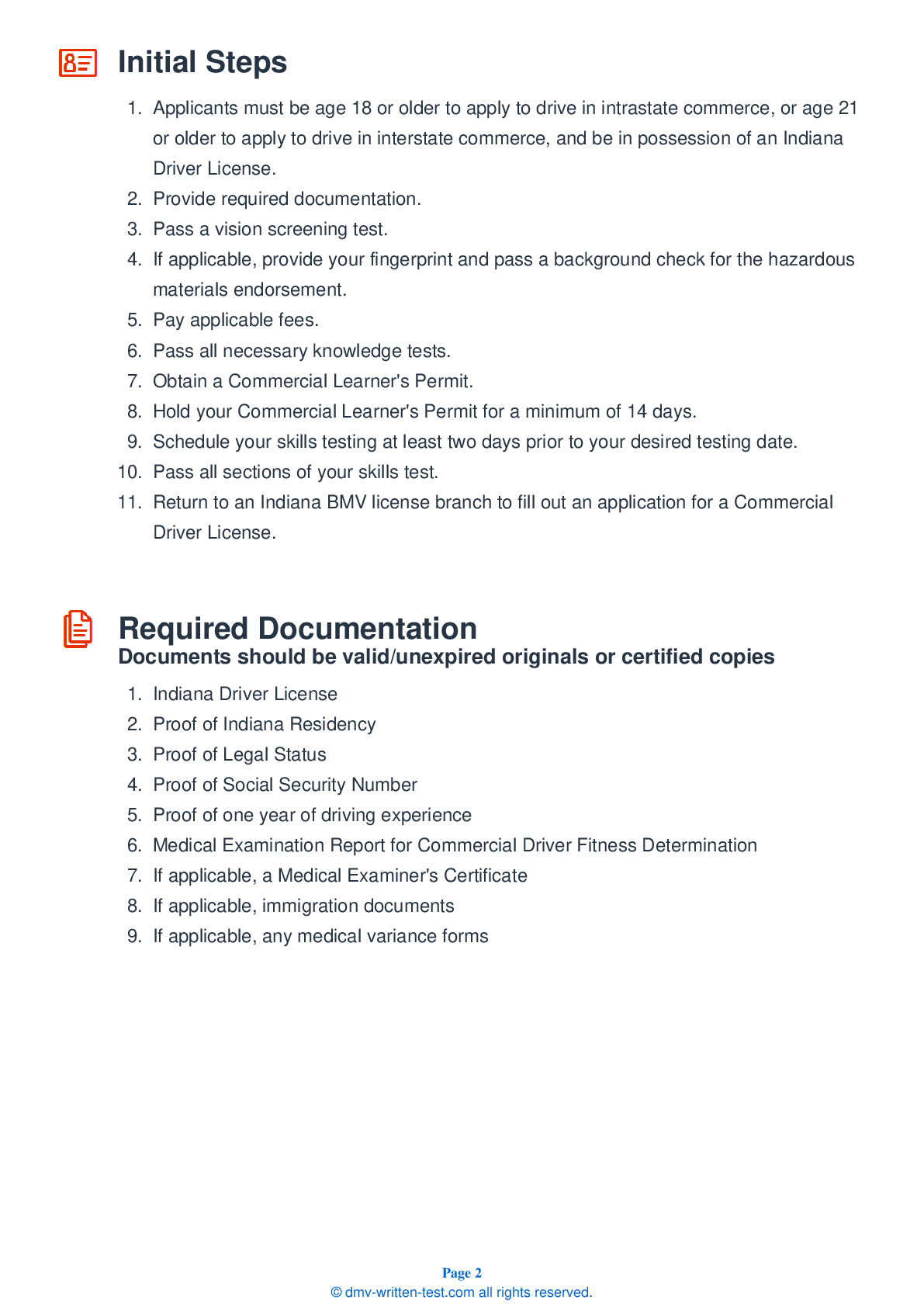Combination
All applicants who are applying for a Class A CDL should be prepared to take the Combination test. This test covers information found in Section 6 of the Commercial Driver License Manual. Section 6 provides the information needed to safely operate tractor-trailers, doubles, triples, and straight trucks with trailers. The test is made up of 20 multiple-choice questions, and applicants will need to correctly answer a minimum of 16 questions to pass. The Combination test is not a replacement for the Double/Triple endorsement test.
Number of Question
Passing Score
1. The trailer hand valve should be used:
Explanation
The trailer hand valve should be used only to test the trailer brakes. It should not be used while driving because it may cause the trailer to skid.
2. When driving a bobtail tractor, you should be aware that:
Explanation
Bobtail tractors are tractors that are not attached to any semitrailers. When operating a bobtail, you should be aware that stopping can be difficult and that it will take a longer distance to bring the bobtail to a complete stop than it would a tractor attached to a loaded semitrailer.
3. Which type of vehicle is most prone to the “crack-the-whip” effect?
Explanation
Triple combination trailers are most vulnerable to the "crack-the-whip" effect.
4. After finishing a pre-trip inspection, you should:
Explanation
Before a trip, you should ensure that air reaches all air brakes on all trailers by opening up the rear emergency line and service line shut-off valves to listen for escaping air. Close both shut-off valves before beginning to drive.
5. Emergency air lines are often coded with the color:
Explanation
In general, the parts of the service air line are coded blue and the parts of the emergency air line are coded red.
6. In a vehicle equipped with an automatic tractor protection valve, the valve will pop out when:
Explanation
In vehicles equipped with an automatic tractor protection valve, the valve will pop out if air pressure drops to a level between 20 and 45 psi. When the valve pops out, the protection valve will close, stopping the flow of air.
7. Rollovers happen when drivers:
Explanation




